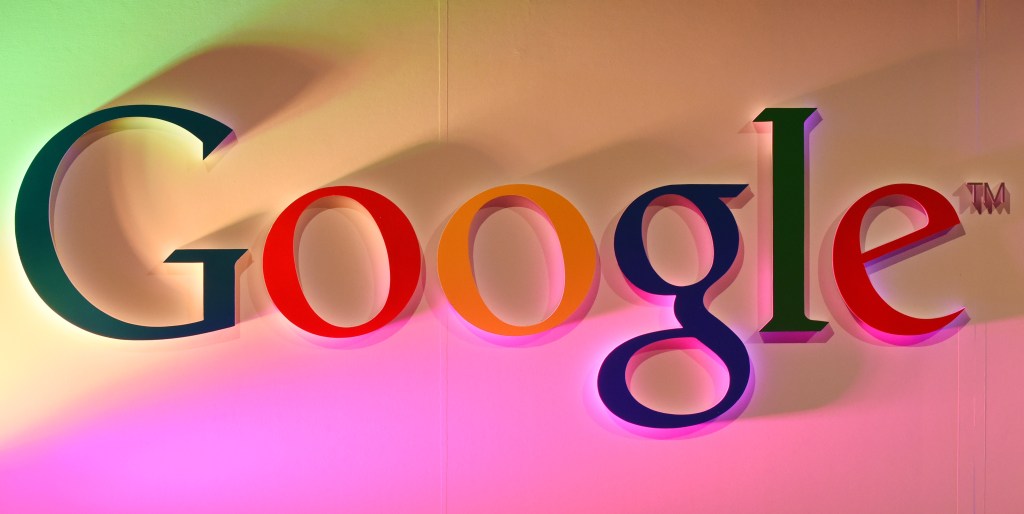Devin Abbott
It’s too early to predict all the implications of the recent Ethereum blockchain Merge, but it definitely addresses the most frequent (and valid) criticism of web3 regarding excessive energy consumption. Critics may still find a new reason to oppose ETH, but my hope is this Merge will lead to something else: A chance for us to also merge what’s best about Web 2.0 with what’s most exciting about web3.
There’s seemingly a growing rift in Silicon Valley, with the traditional Web 2.0 industry and the burgeoning web3 ecosystem depicted as being in opposition to each other. And trapped somewhere in the middle are emerging startups.
I’m active in all three groups, and I believe most of this controversy is based on wild pronouncements and hype by VCs and other evangelists who are not developers. Incessant celebrity promotions of NFT drops, for instance, have contributed to the impression that web3 as a whole is a Ponzi scheme. In fact, NFTs are only a small part of the web3 ecosystem, and, in my view, not even the most interesting or potentially transformative.
While Web 2.0 and web3 may seem incompatible, I believe it’s better to see technologies like blockchain and ETH as potential back-end solutions for scalability challenges that all companies face. In a similar way, web3 advocates should recognize that Web 2.0’s maturity makes it indispensable for many core use cases.
Let’s consider a couple examples where each side has something to contribute:
From web3: An emerging revolution in open source
To capture what’s happening in web3 development now, we have to go back to before the Web 2.0 era.
During the dot-com boom, there was quite a lot of buzz over open source, Linux and hot companies like Red Hat. While very few consumers would go on to install Linux as their operating system, this buzz helped contribute to something equally important. In the background, with few people noticing, Linux quickly became the go-to operating system for running the back-end servers of 96.5% of the top million web domains — not to mention the massive Android market.
But a key challenge to open source code remains: It’s not very useful if you can’t set up and run it, especially when the code is poorly documented and there’s no active developer community to ask for help. In a real, practical way, the web3 development community is now creating a more dynamic and transparent approach to traditional open source.
Web3 offers a single, massive, publicly accessible computer called Ethereum that runs living code. With it, you don’t have to download someone’s code from GitHub and hope for the best. Instead, you can actually see that code running live on the ETH blockchain, and every developer in the world can also access and integrate it into their applications. For example, an app developer might need to deploy their own copy of an open source library, but on Ethereum, after an open source library is deployed once, every developer can reuse that same version.
That developer ecosystem is growing rapidly. While most tech media is still focused on the shrinking NFT market, the download rates of Solc and Hardhat (key dev tools for writing and deploying ETH smart contracts) have risen 10x since 2020 — the tools now see 500,000 combined downloads a week.
From Web 2.0: The power of a mature ecosystem
Despite web3’s great potential, it’s still much easier to develop a Web 2.0 app simply because the ecosystem is very mature and enjoys a large and thriving developer community. This means its various developer tools are top notch and you have numerous services for web hosting, databases, video transcoding and everything else under the sun, along with free user-made tutorials.
On top of that, many popular Web 2.0 services offer a free tier a startup can use to get their app off the ground for little or no cost, only paying (in many cases) when they have to scale to thousands or even millions of users.
Above all, as a mature ecosystem, Web 2.0 offers superior vertical integration. You can build an entire app using only Google services: Buy a domain, host your site, use Google programming languages to build (Dart, Go), use Google web frameworks (Angular, Flutter), run it on Android and put it on the Google Play store. You can even write your code on a Chromebook connected to the internet via Google Fiber.
Why web3 needs to be humble, at least for now
While web3 tech is evolving rapidly, we in the community should also have realistic expectations about what it can deliver. While some may disagree, I believe web3 will never be able to match the level of vertical integration I just described with Google.
Indeed, the very idea of a web3 company doing all this is highly unlikely and arguably runs counter to web3’s core philosophy of decentralization. We’re also not yet at a point where the foundational tools of web3 are mature enough for this kind of vertical integration.
That said, I believe most web3 devs can already see an inflection point where our own tools are becoming quite powerful. Five years ago, it was near impossible to write a smart contract; it’s since became significantly easier with tools like Hardhat and ethers.js. You also have newer and better tools cropping up, like Foundry, the latest smart contract toolkit.
People in tech who aren’t specifically web3 devs probably have not noticed this evolution. Then again, the same can be said of many Web 2.0 services — most people in tech outside of web development didn’t notice how huge AWS was becoming until it was already a dominating force.
Planning a post-Merge future
We are already seeing some early, promising signs of Web 2.0 and web3 experimenting together.
Reddit, for instance, recently began selling customized avatars that are actually NFTs while avoiding explicit mention of NFTs. “We try really hard not to use any crypto words — it just confuses people,” CEO Steve Huffman explained.
That doesn’t mean Reddit is moving off its Web 2.0 cloud servers. It’s simply taking the seed of a web3 idea and plugging it into a much larger and more complex legacy system while still bringing their customers some of web3’s benefits.
We don’t know what the equilibrium between Web 2.0 and web3 will look like, but I hope to see more experiments in this direction — a balance supported by web3 as a growing back end solution.































Comment